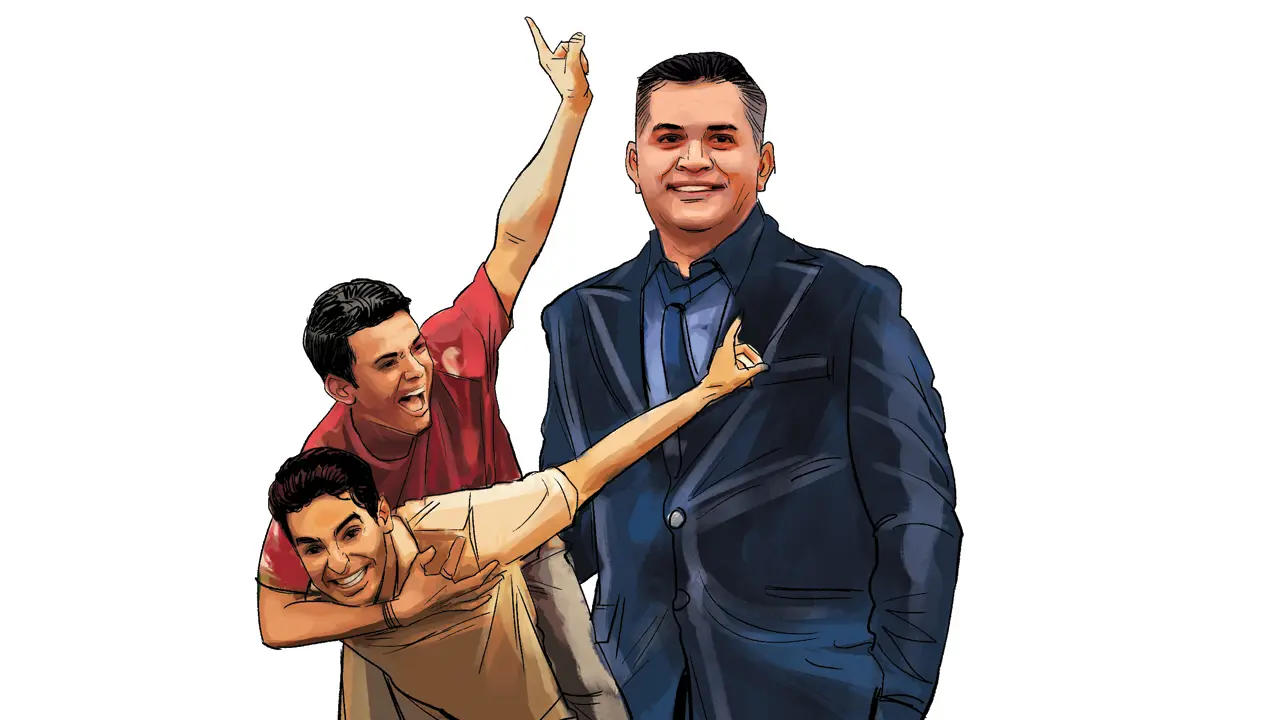[ad_1]
The Court reasoned that the Rule was drafted in a discretionary tone whereas the corresponding provisions (Sections 40, 44, 45, 46, 89) in the Act imposed a mandatory obligation for the government. This was significant as Rule 15 was a statutory provision under which the accessibility guidelines of respective departments and ministries were notified. Key examples include the Ministry of Housing and Urban Affairs’ guidelines for creating barrier-free environments, the Ministry of Road Transport and Highways’ bus body code, and other accessibility standards established by the Ministries of Sports, Culture, and Information and Broadcasting.
The Court observed that these guidelines allowed discretion to the ministries and departments, which is antithetical to the mandatory language of the Act. Moreover, striking down Rule 15 also meant that the accessibility guidelines notified under the Rule lost their statutory authority. As a result, the Court gave the government three months to develop minimum mandatory accessibility requirements to govern all the sectors.
The judgment is a stark reminder of how accessibility guidelines have been created in silos without the identification of normative principles that will ensure universality and intersectionality to those guidelines. Thus, while formulating new guidelines, there needs to be a shift towards a principle-based framework on accessibility rules.
The idea of accessibility
The Court deliberated in detail on the difference between accessibility and reasonable accommodation. Accessibility and reasonable accommodation both originate within the principles of substantive equality of the Constitution. Accessibility is now accepted as a right woven throughout the United Nations Convention on the Rights of Persons with Disabilities. Conversely, reasonable accommodation is a facilitator of substantive equality where specific challenges are dealt with in a specific context. Therefore, both concepts should be understood as interdependent and complementary to each other, where accessibility builds the edifice through standardised accessibility standards from the outset, while reasonable accommodation ensures tailored solutions for those individuals who might still face inaccessibility in a specific context.
The idea of accessibility is not static, and the conceptual contours and corresponding tools have evolved regularly. For instance, with the advent of Artificial Intelligence and the Internet of Things and their incorporation into social interactions, the understanding of digital accessibility has evolved simultaneously. This makes it necessary to modify the nature, extent, and type of digitally accessible tools that can ensure broader inclusivity.
The shifting threshold also needs to be understood in the context of phased realisation of accessibility. The Court in Rajive Raturi observed that the existing guidelines are framed in a way that establishes long-term goals of accessibility without setting the minimum standards requiring immediate implementation. Hence, the minimum accessibility threshold shall be envisaged on a sliding scale wherein the baseline moves forward at periodical intervals. Canada has developed a comprehensive road map to achieve full accessibility by 2040, focusing on harmonising standards across the country through two work streams, with periodic reviews every five years to adapt to changing needs.
The RPwD Act defines barriers in the broadest form possible, wherein intangible barriers such as attitudinal barriers are recognised in addition to tangible barriers such as infrastructure. This has modified how accessibility is viewed and understood within physical and digital ecosystems. Thus, it is necessary to evolve accessibility parameters in theory and practice to overcome tangible and intangible barriers. For instance, the evolving understanding of disability is an aspect that informs the attitude of society and, hence, directly relates to the attitudinal barrier. Thus, accessibility must also align with this evolution of disability understanding to be truly inclusive.
The understanding of universal design has also evolved over time. It is not just limited to persons with disabilities but also includes every vulnerable community, such as women, children, and the elderly. This reflects a tacit recognition of the universality of disability, which is not identified as an individual’s incapacity to perform but rather the composition of the environment in which one operates. Disability may arise from a high cognitive workload causing an inability to focus and control emotions, temporarily broken limbs, unavailability of ramps to a pregnant mother, age-related complications, etc. Thus, the rules should be applicable across groups, providing accessibility in the general sense and not exclusive to persons with disabilities.
Compliance with social audit
Section 48 of the RPwD Act mandates the Central and State governments to regularly undertake social audits of all general schemes and programmes to ensure they do not have an adverse impact on the needs and concerns of persons with disabilities. Social audits play a vital role in developing and strengthening the accountability of the government and service providers. For instance, regular social audits of schemes providing assistance technologies to persons with disabilities can assess the bottlenecks in the delivery of services, identify the changing needs of individuals, and provide better devices.
However, due to the lack of standardised guidelines under the RPwD Rules, there is no clarity on the scope and methodology of social audits. This might lead to inconsistencies among the Centre and the States, lack of awareness, and insufficient training for auditors. Therefore, clear guidelines and operationalisation of social audits at a larger scale will help identify the changing nature of disability-related challenges and make targeted interventions to enhance service delivery through concerned schemes and programmes.
Rules have to be understandable
The earlier accessibility rules across departments and ministries suffered from bureaucratic complexity regarding their mandate. There were too many technicalities and often contradictory accessibility mandates from multiple ministries that confused the complying entities. For instance, a sporting complex has multiple guidelines for accessibility from the Ministry of Urban Affairs and Housing, Sports, Transport, and others. This led to not just a failure to provide objective parameters but also increased the compliance cost for such establishments. During the proceeding under the redressal mechanism, the complex and overlapping guidelines also delayed the relief sought by persons with disabilities.
The new accessibility rules must be direct, understandable, and practical to ensure effective implementation. The ambiguity in department/ministry jurisdiction that plagued the earlier rules should also be addressed by having a nodal authority, ideally, the sector regulators, and in the absence of it, the Ministry of Social Justice and Empowerment should adjudicate on rules.
The deadline for releasing the new accessibility guidelines is February, subject to extension. Thus, there is a necessity for diverse sectors, both private and public, beyond social services such as financial, technological, transport, to deliberate upon the minimum rules of accessibility. This isn’t just warranted by the legislative mandate of the RPwD Act but also a market incentive to tap into the large population base by providing accessible products and services.
Shashank Pandey, Lawyer and founder of the Politics and Disability Forum; Nayan Chandra Mishra, Law student at Dr. Ram Manohar Lohiya National Law University, Lucknow
Published – January 10, 2025 12:58 am IST
[ad_2]
Source link




